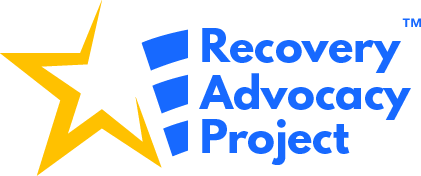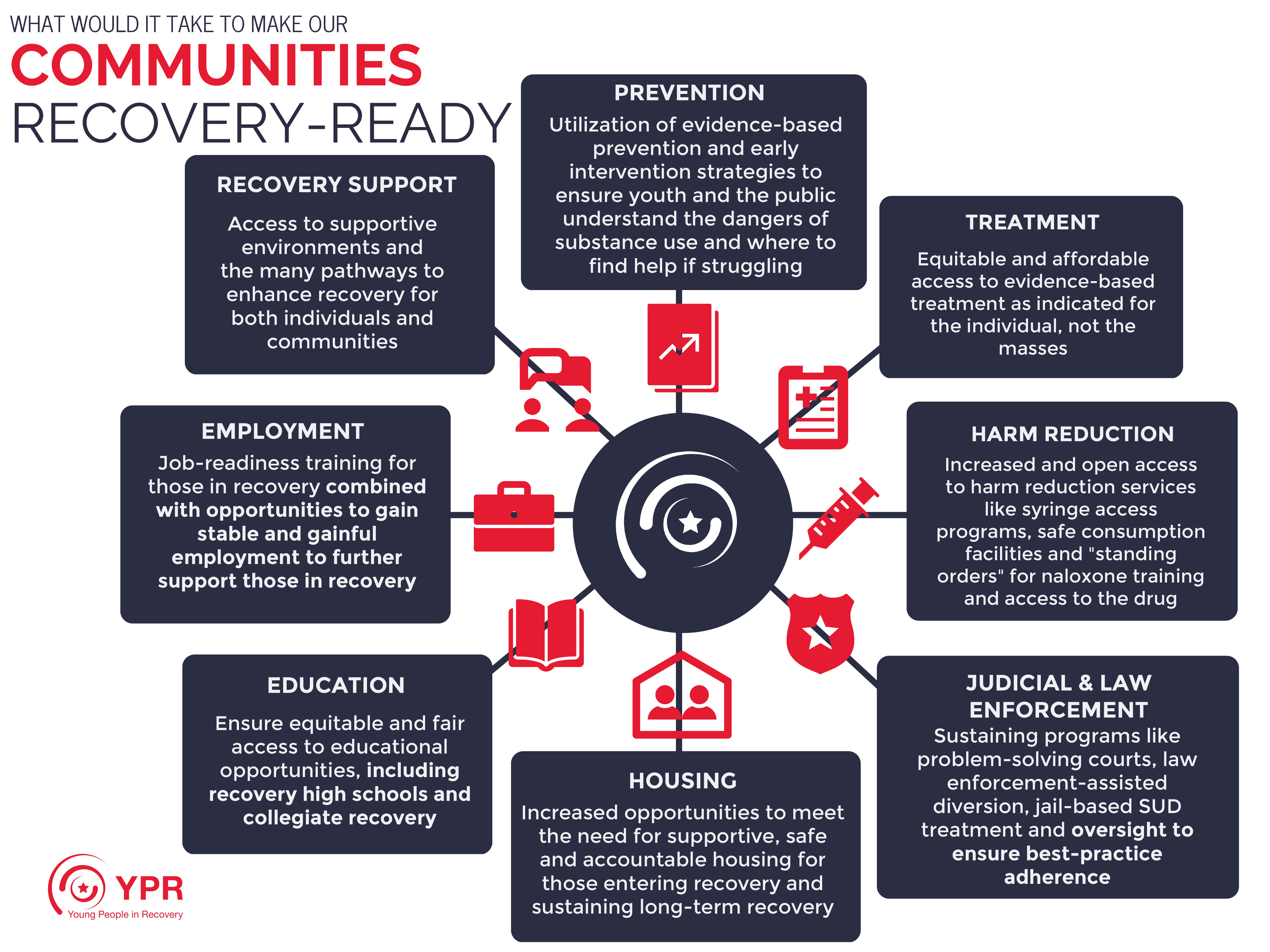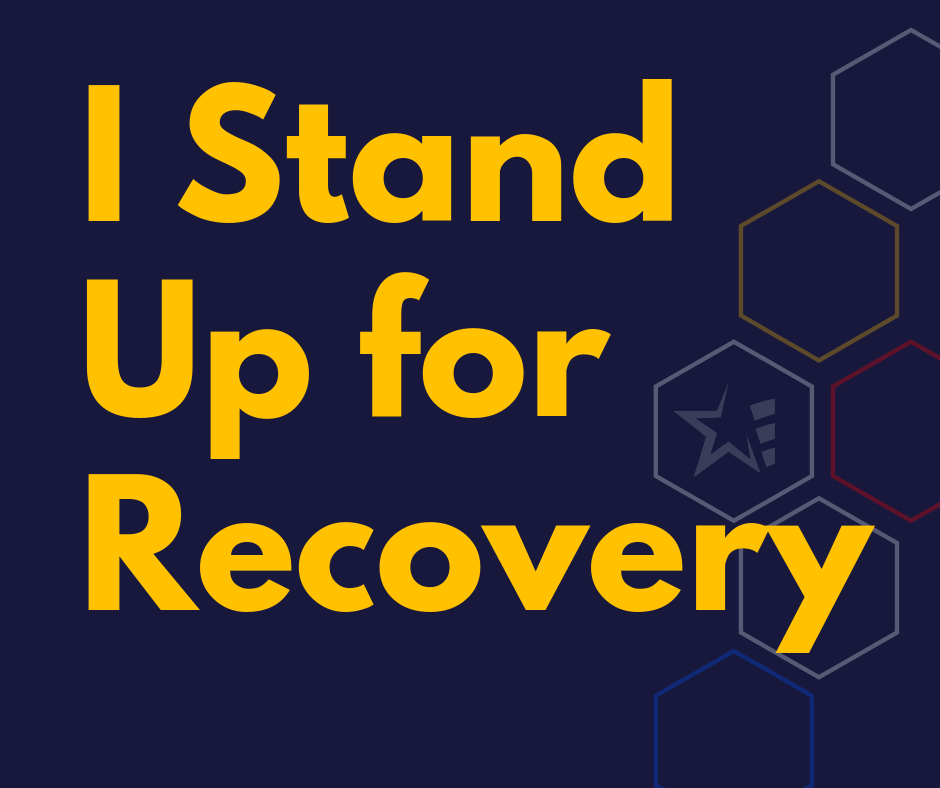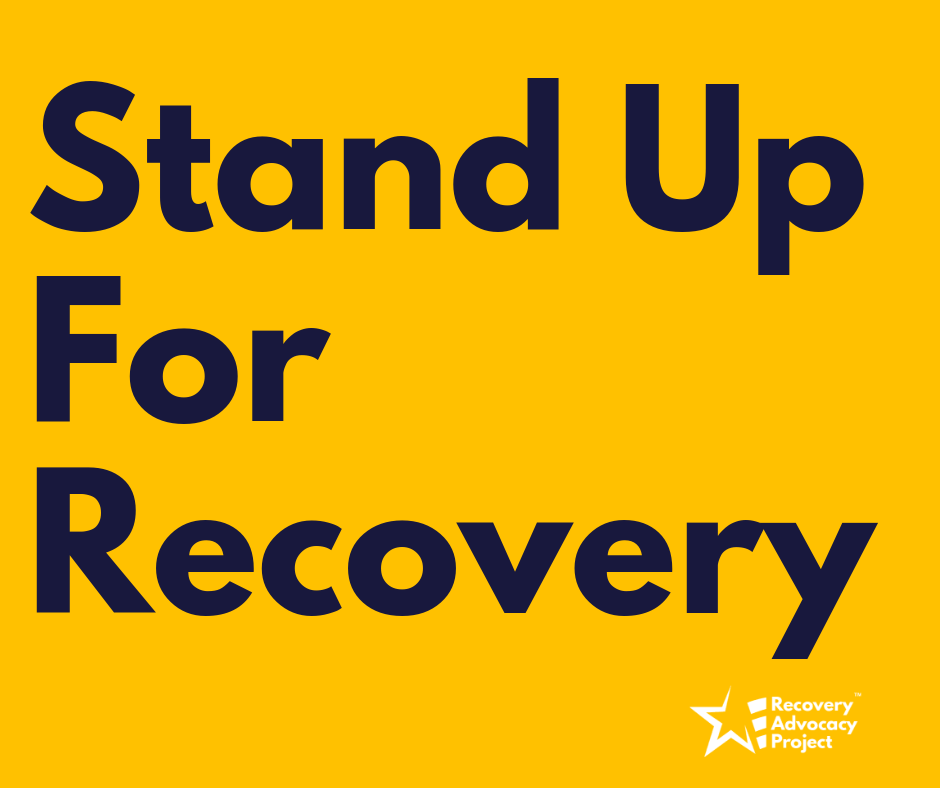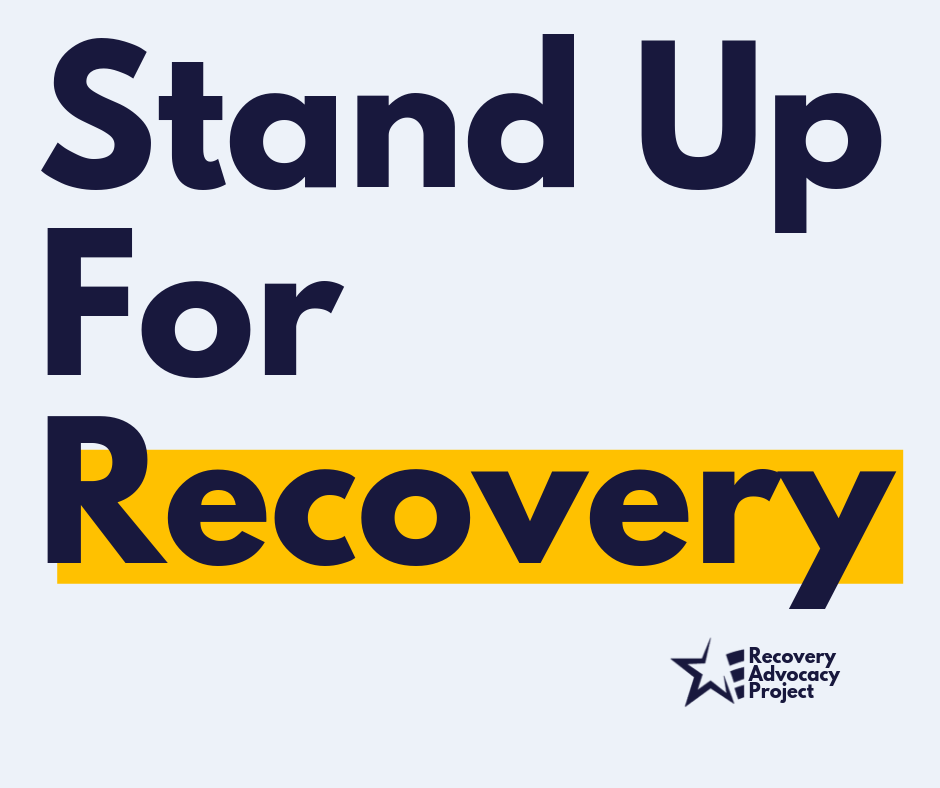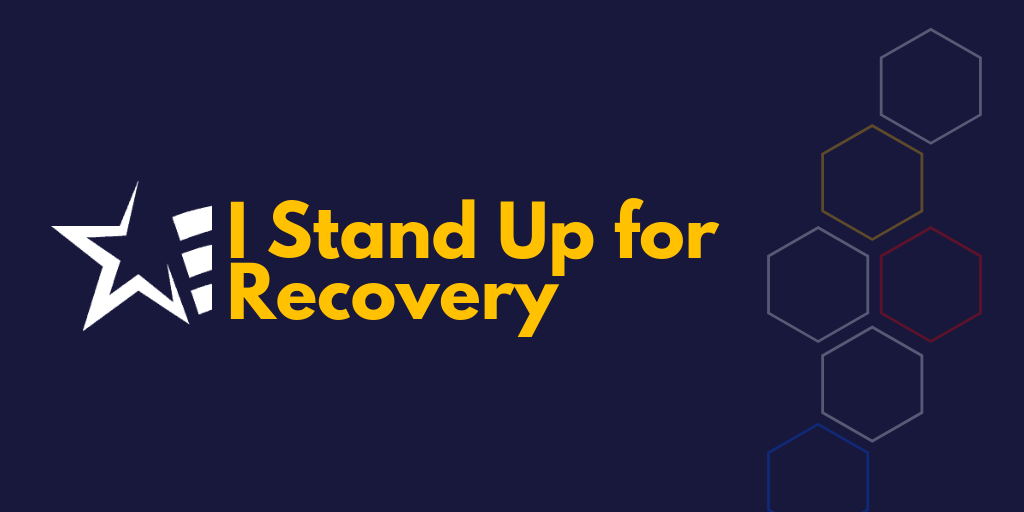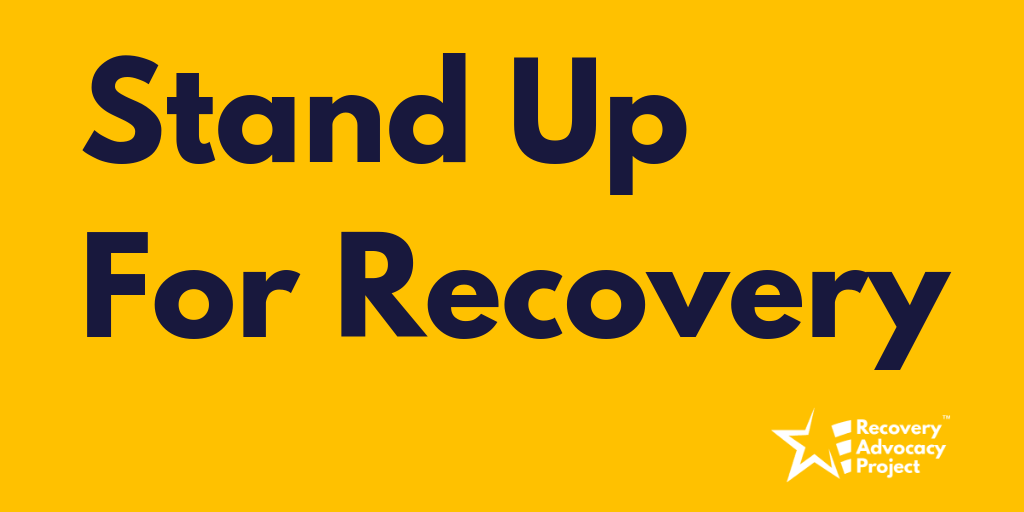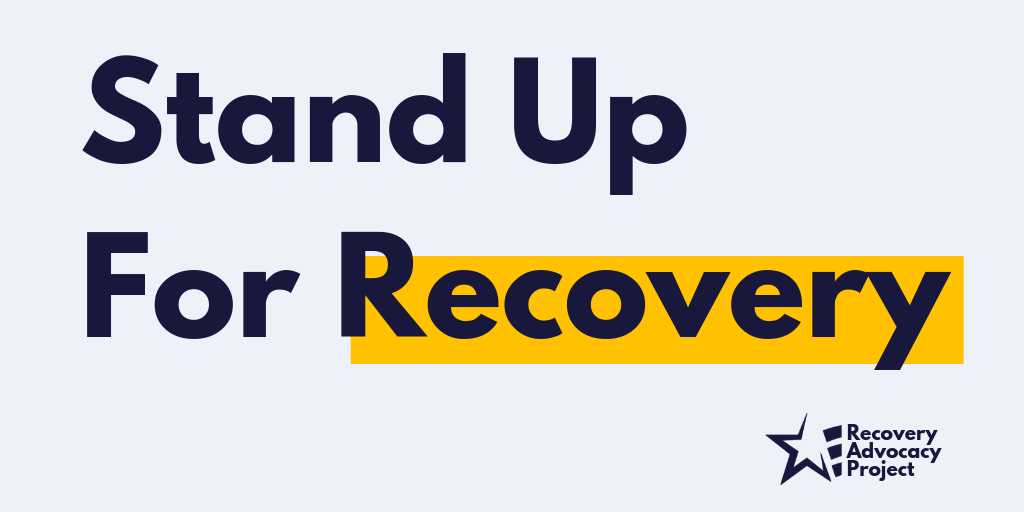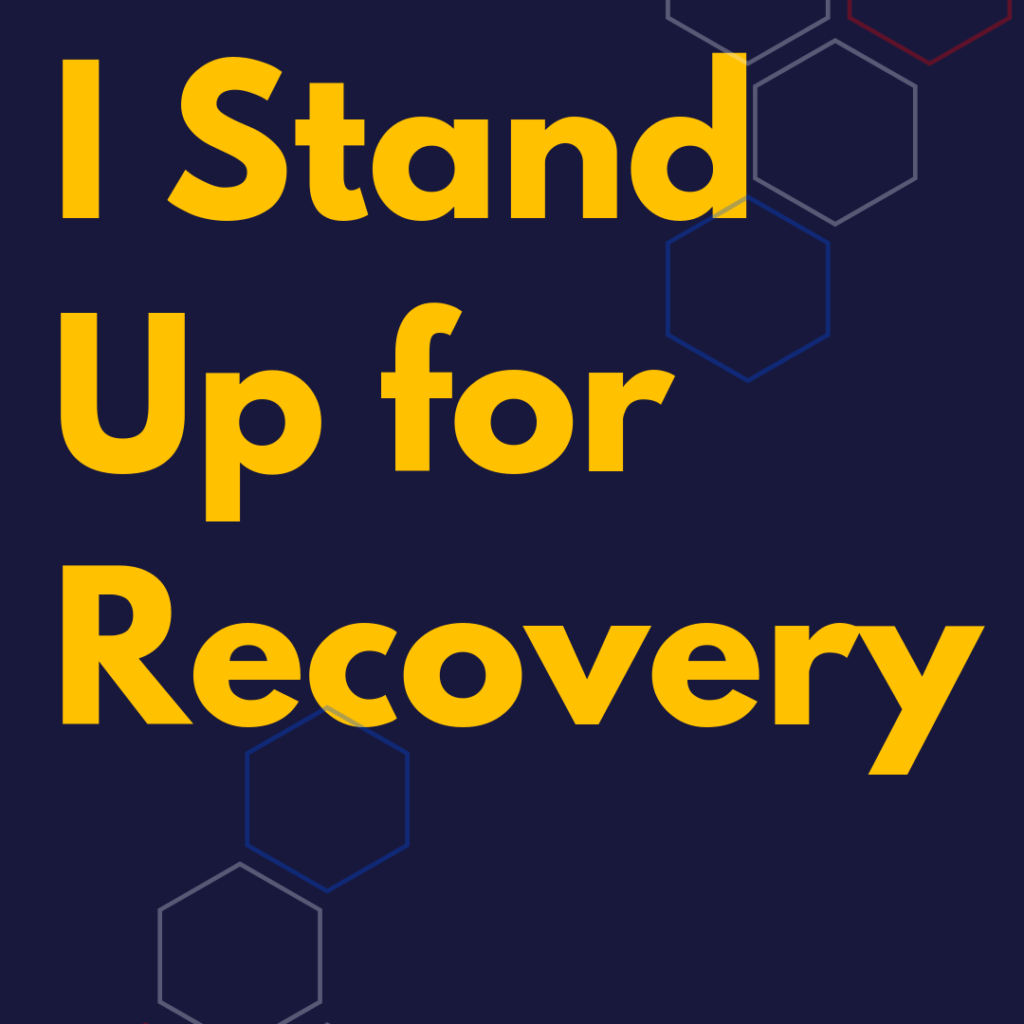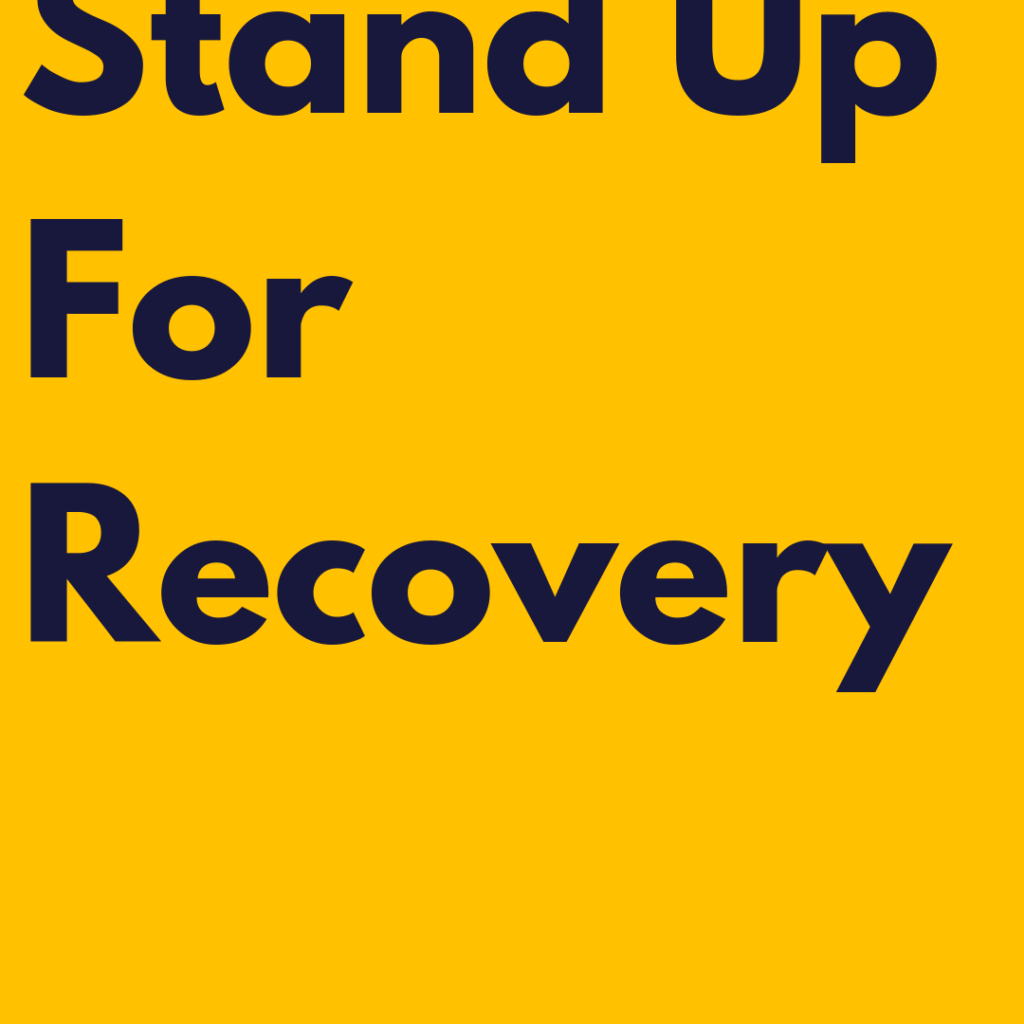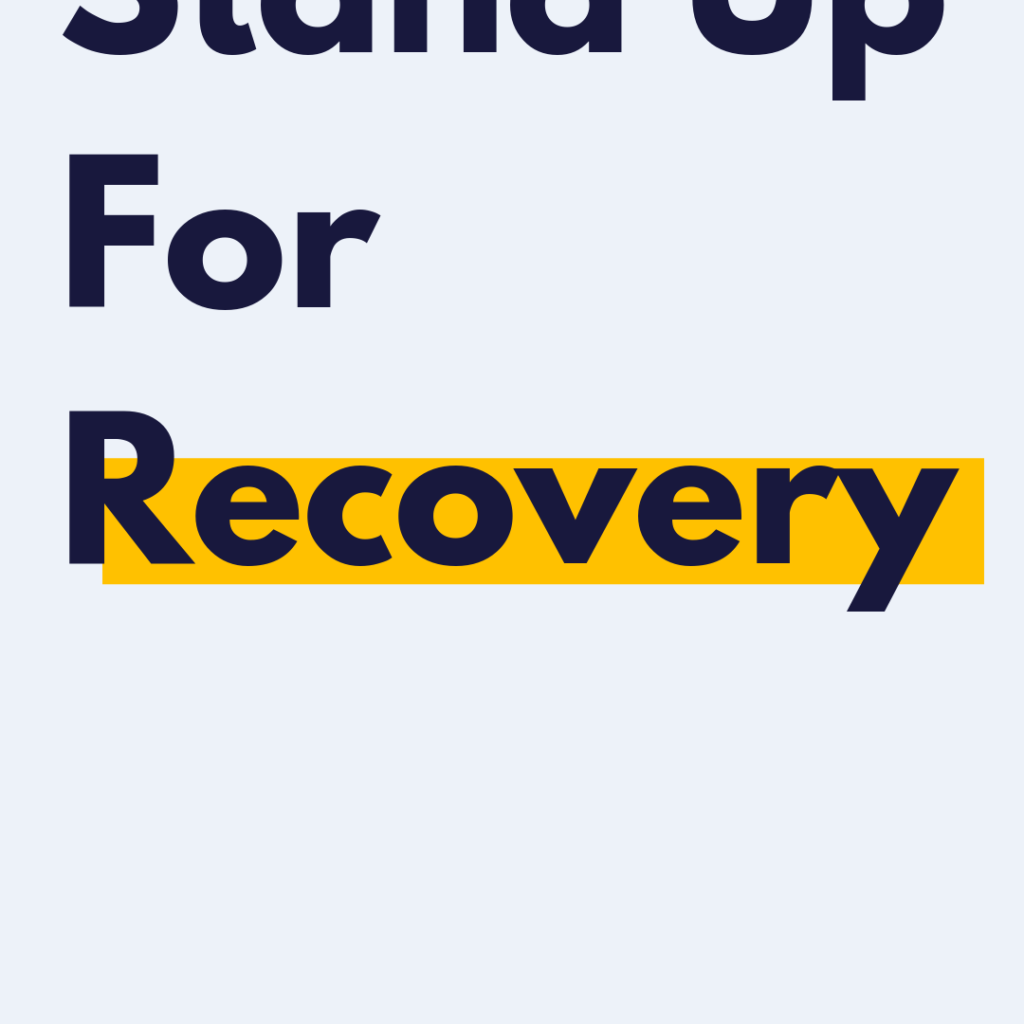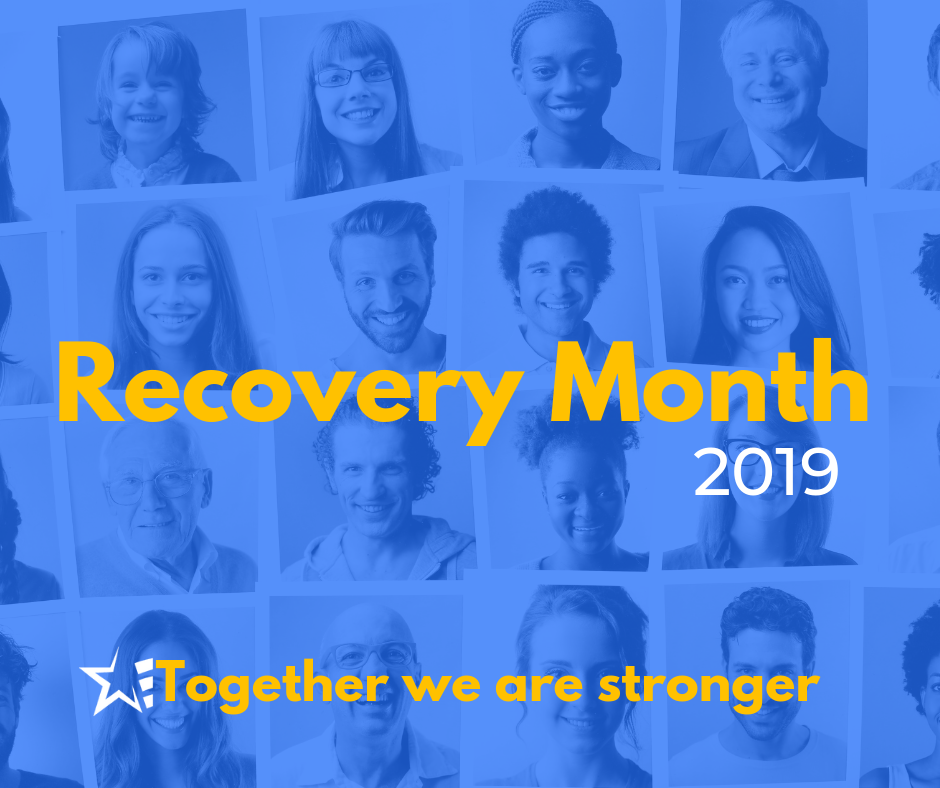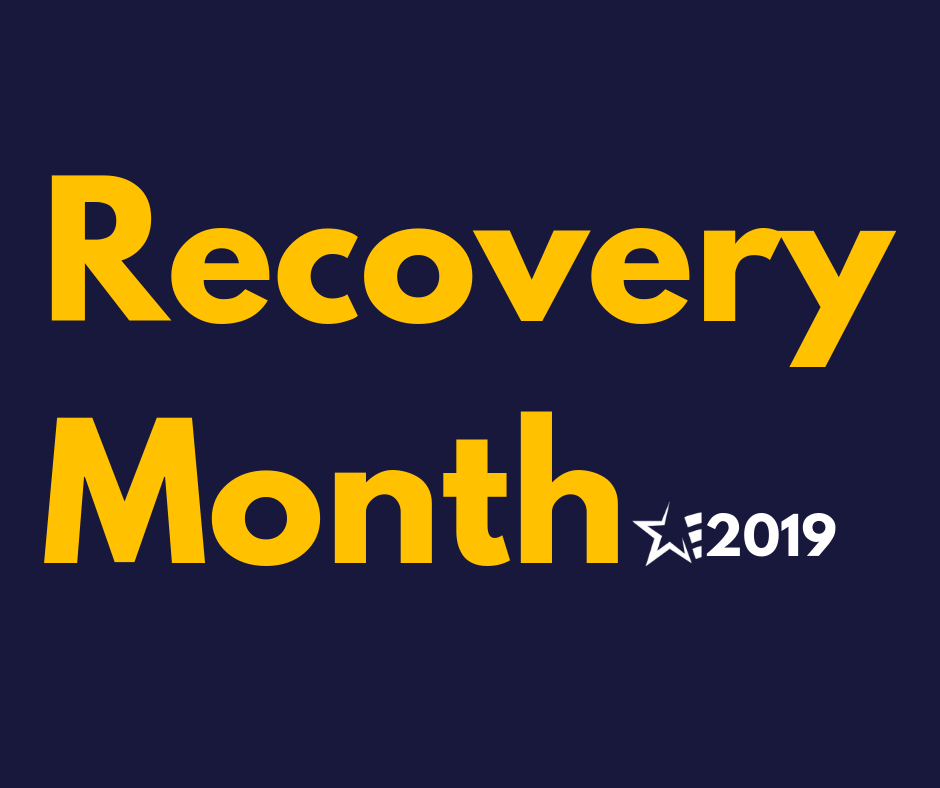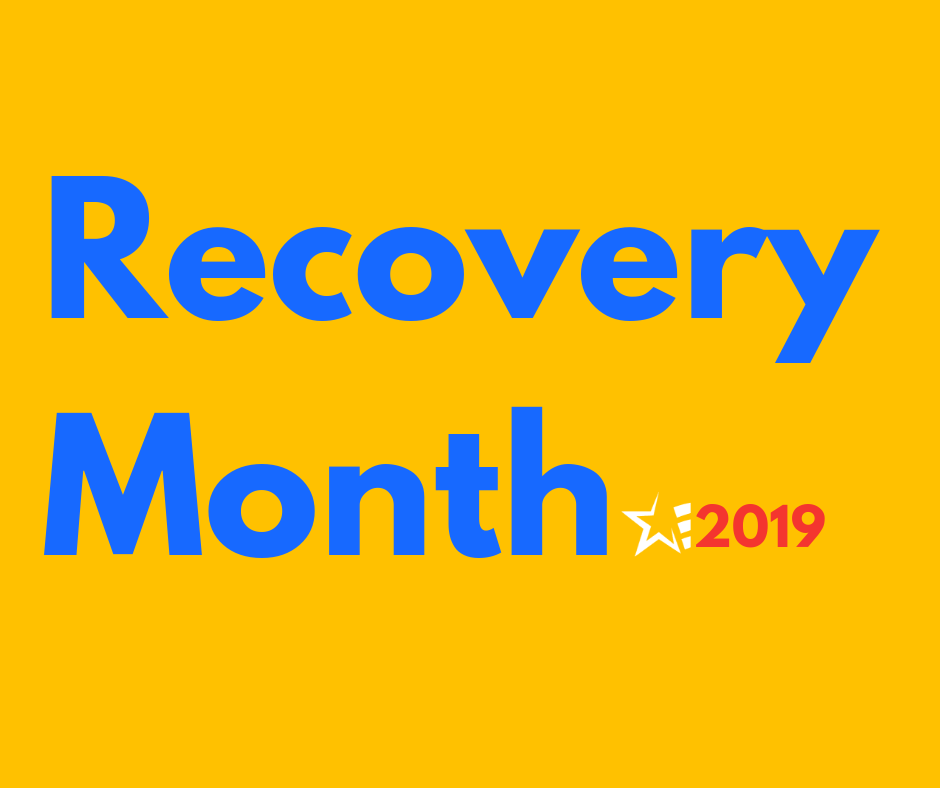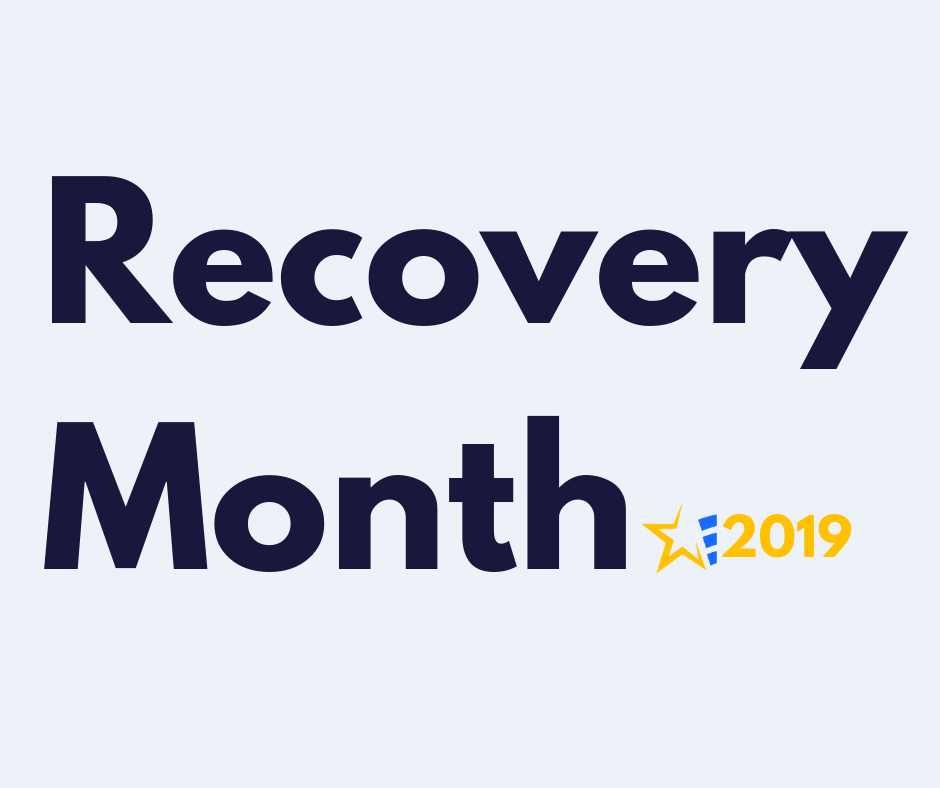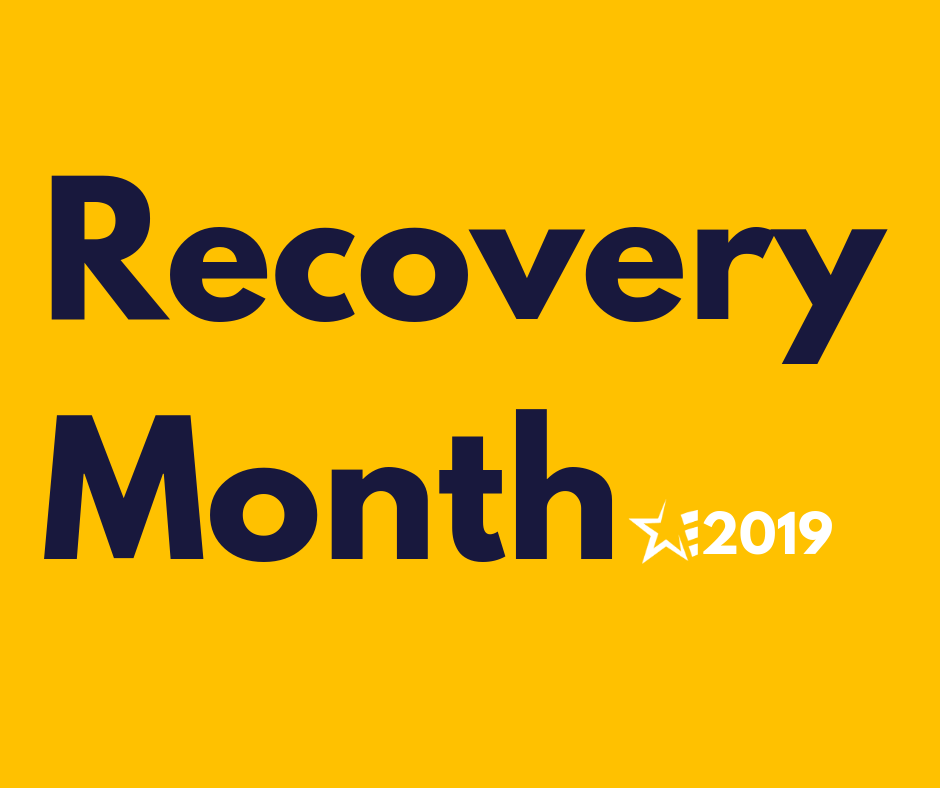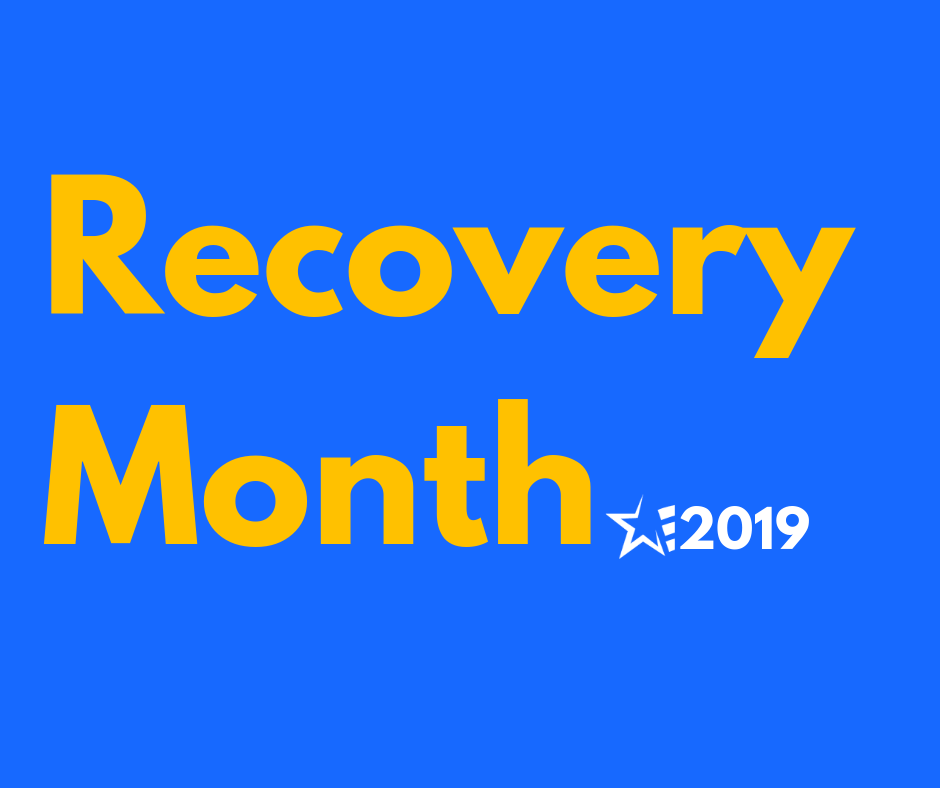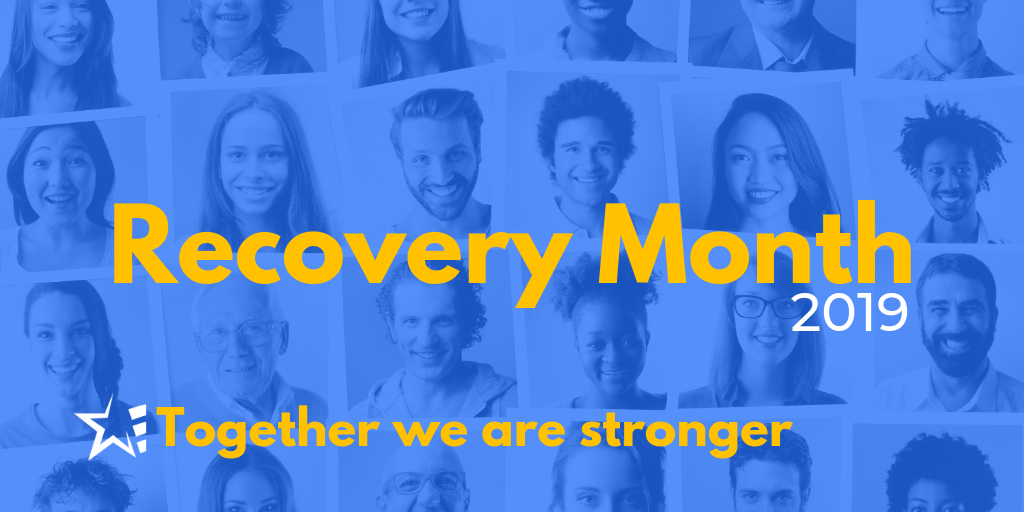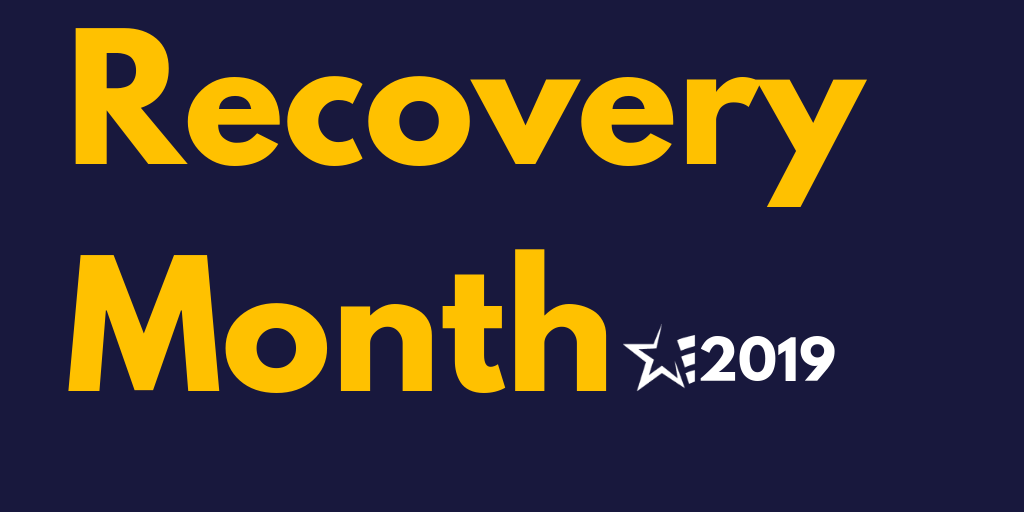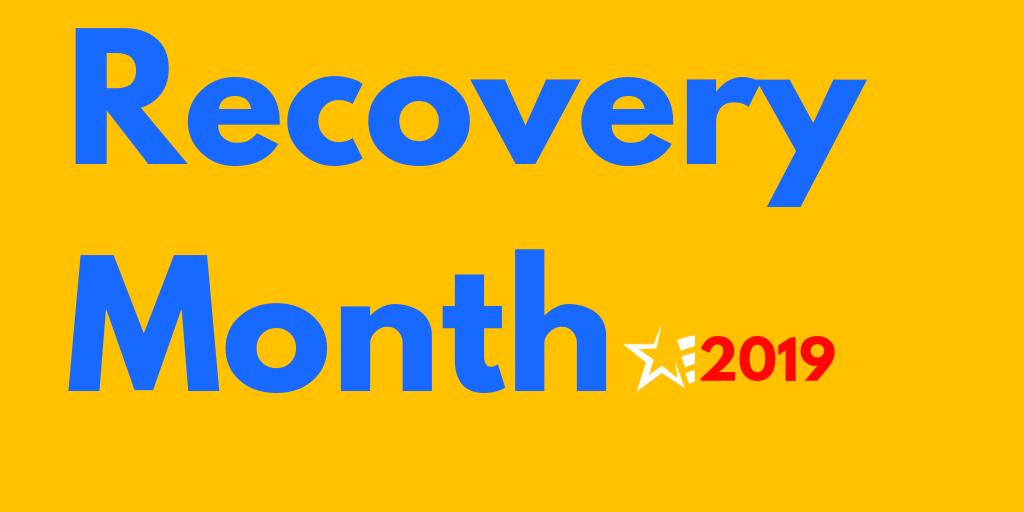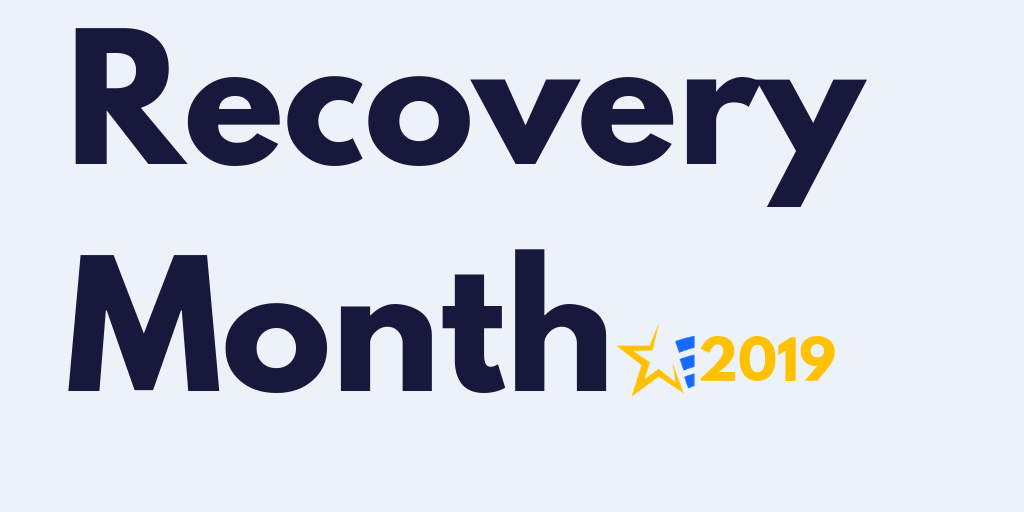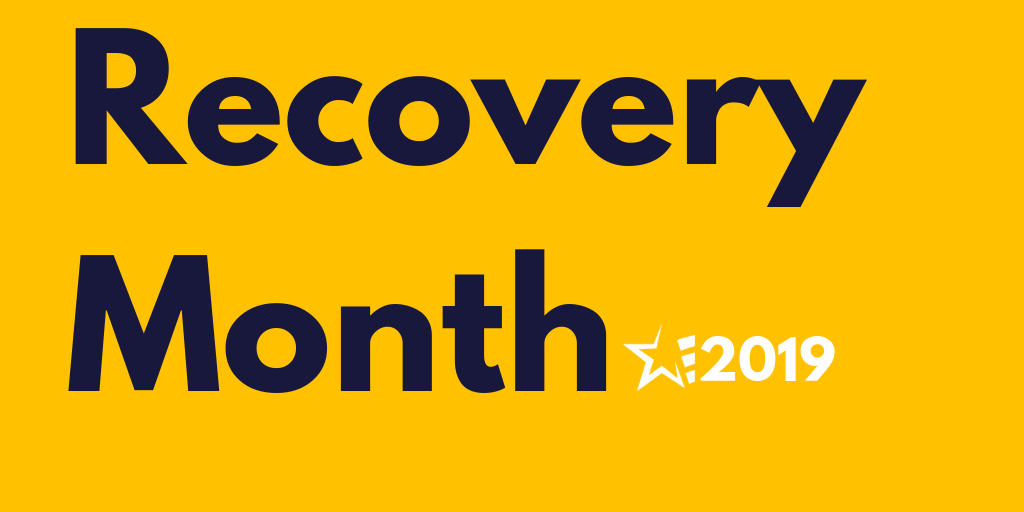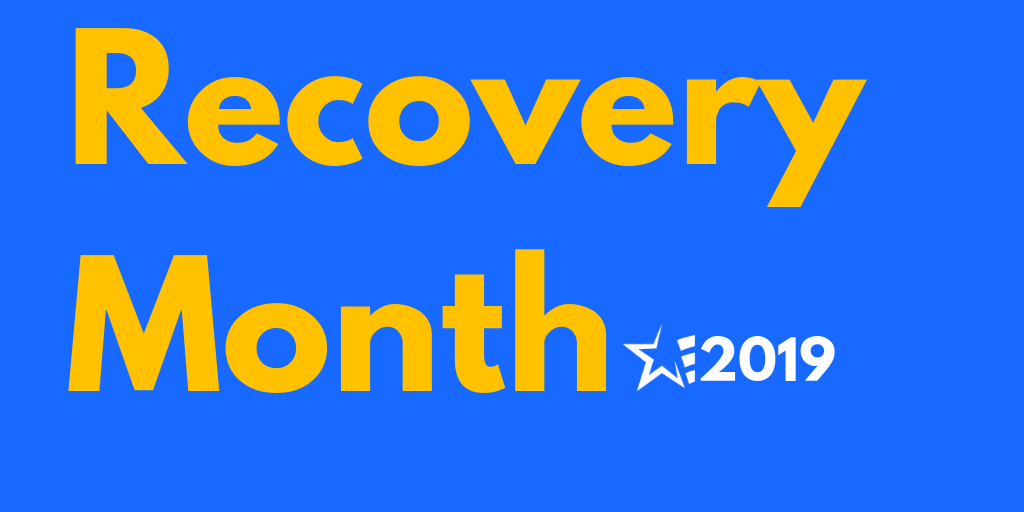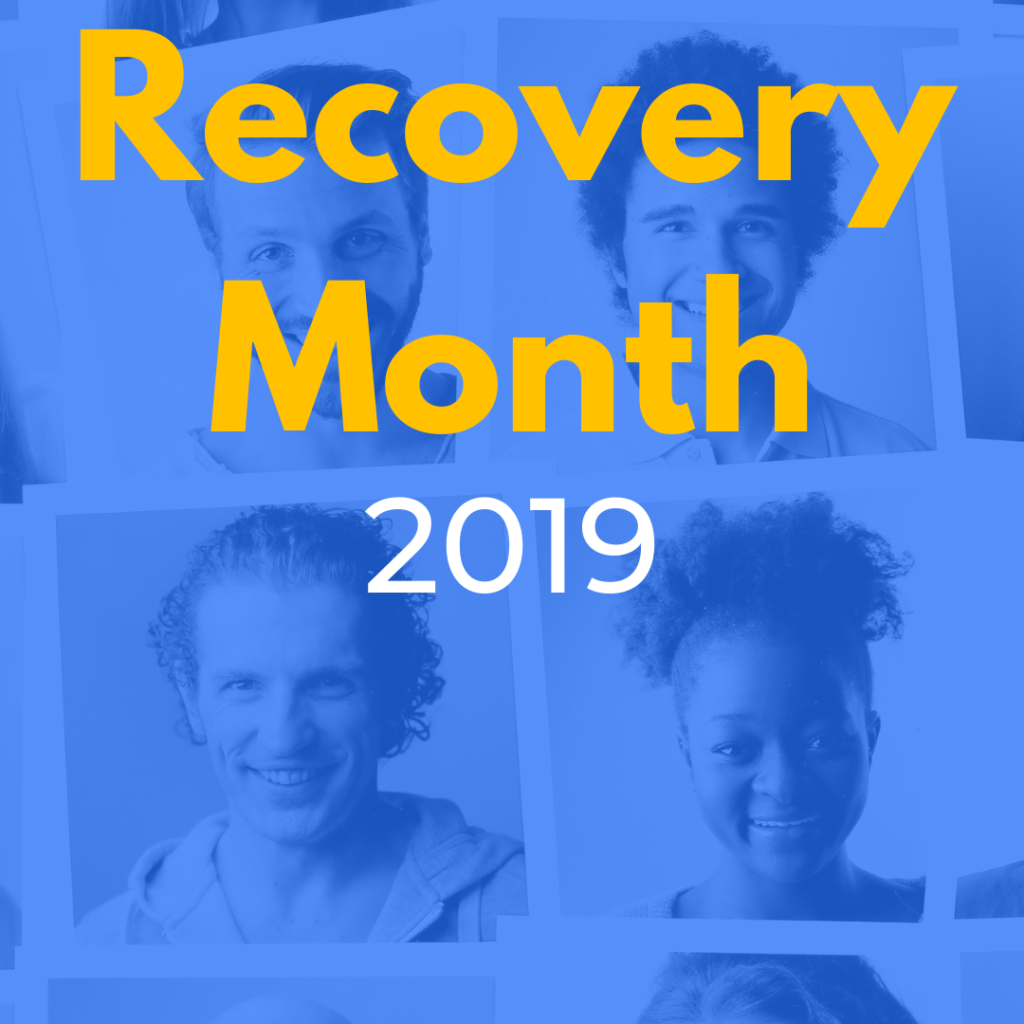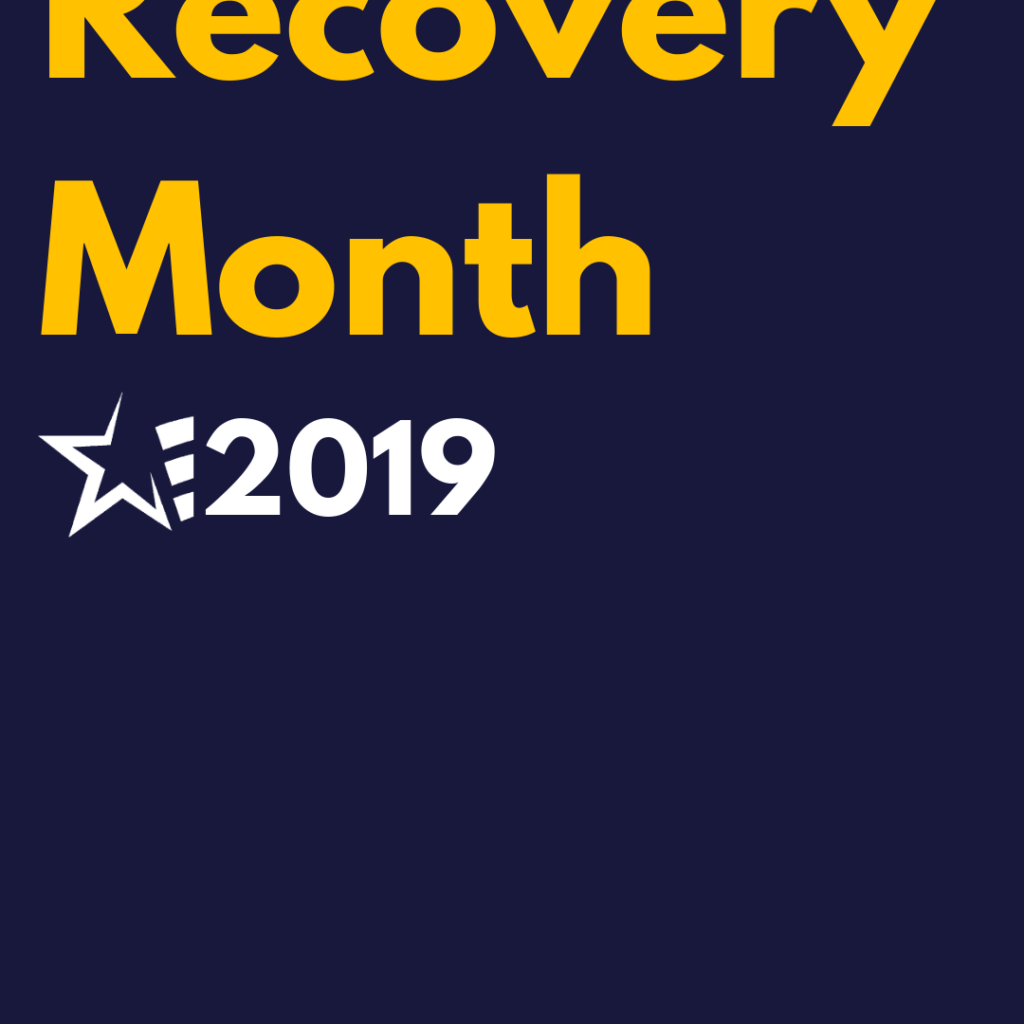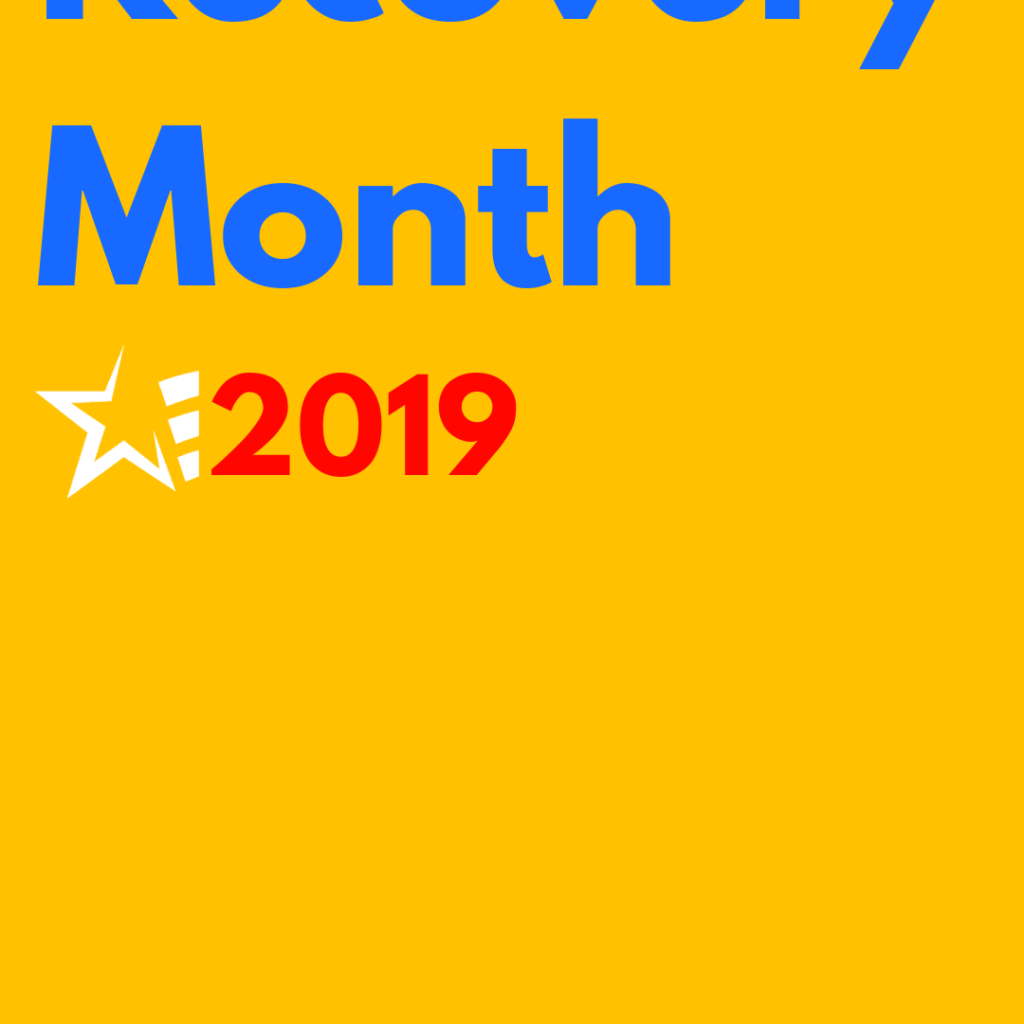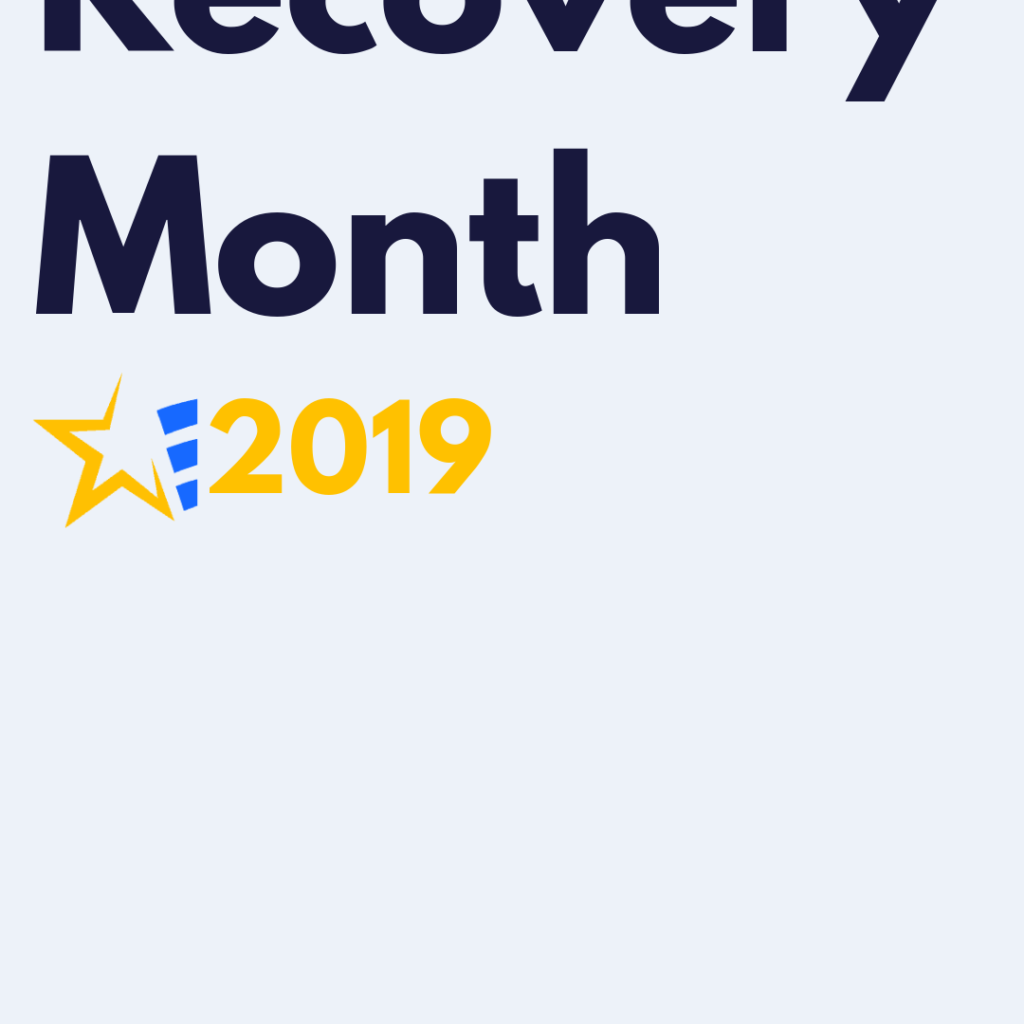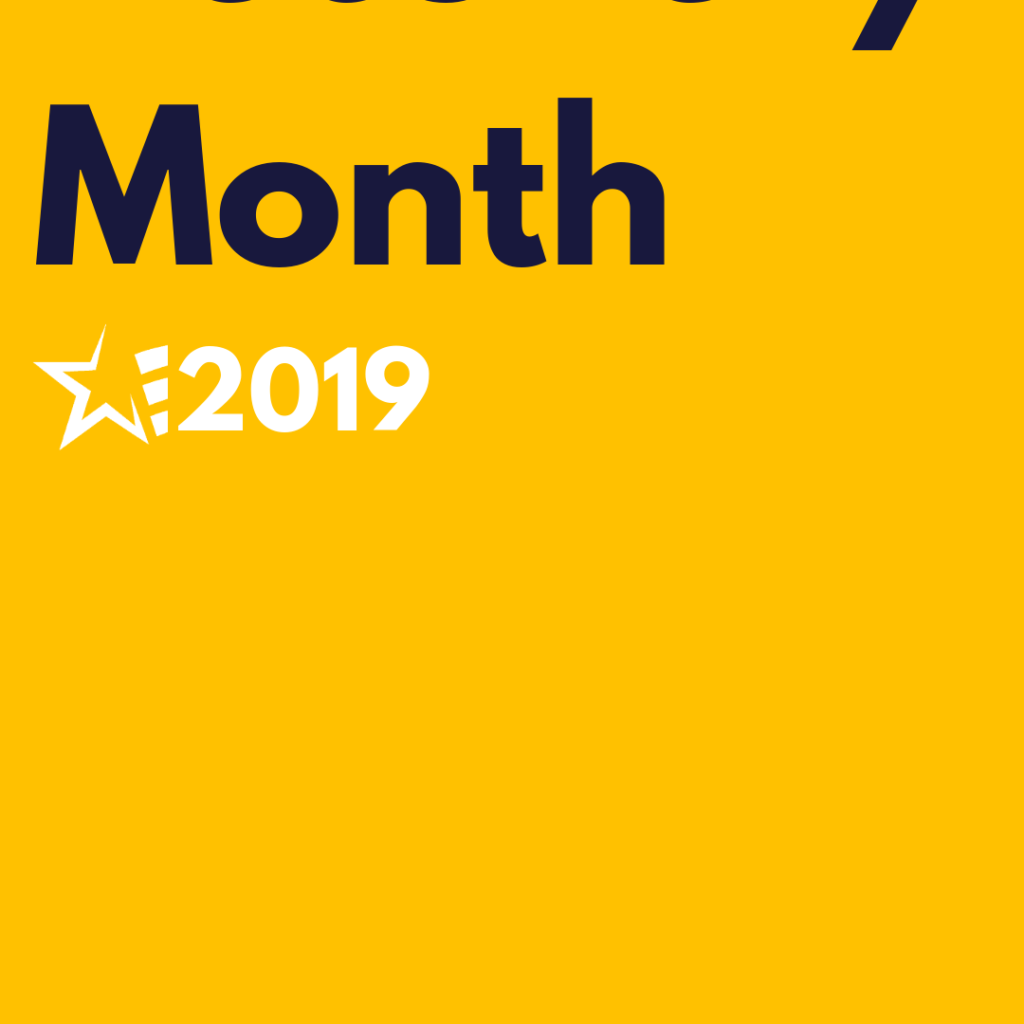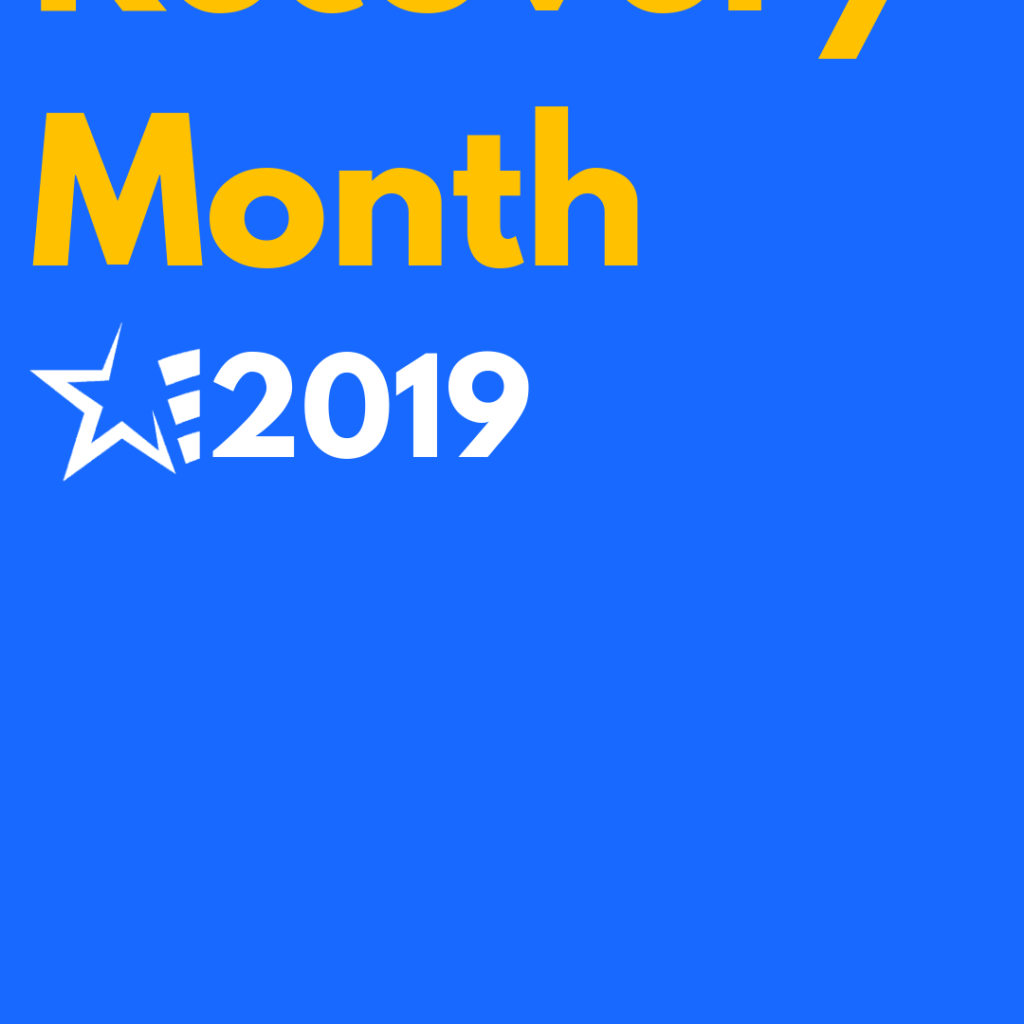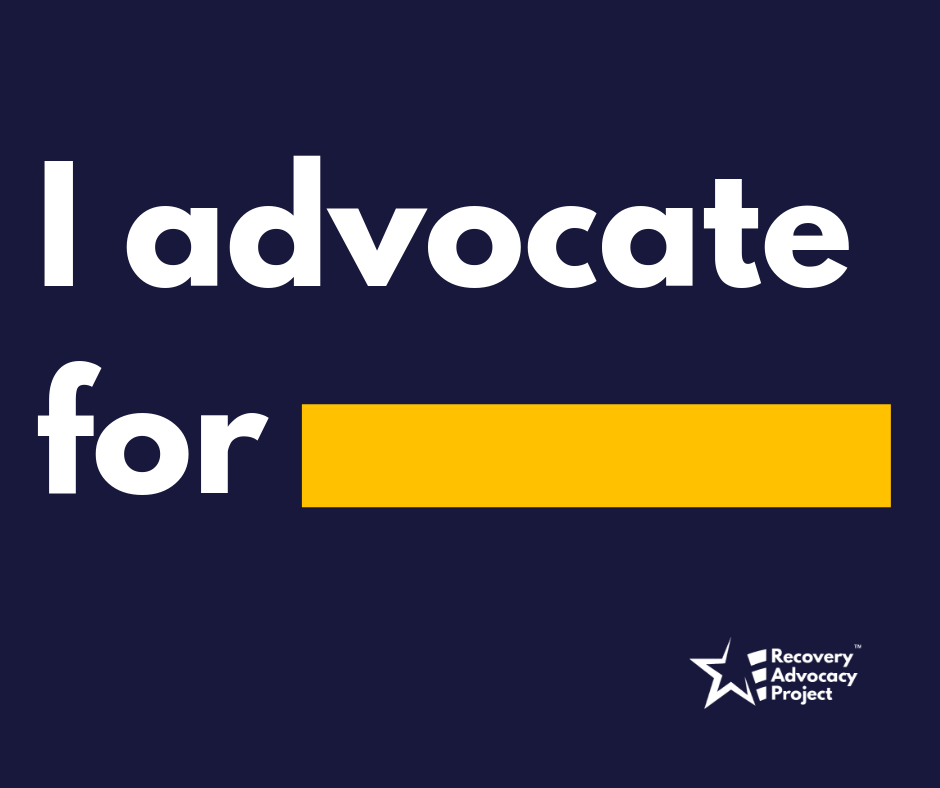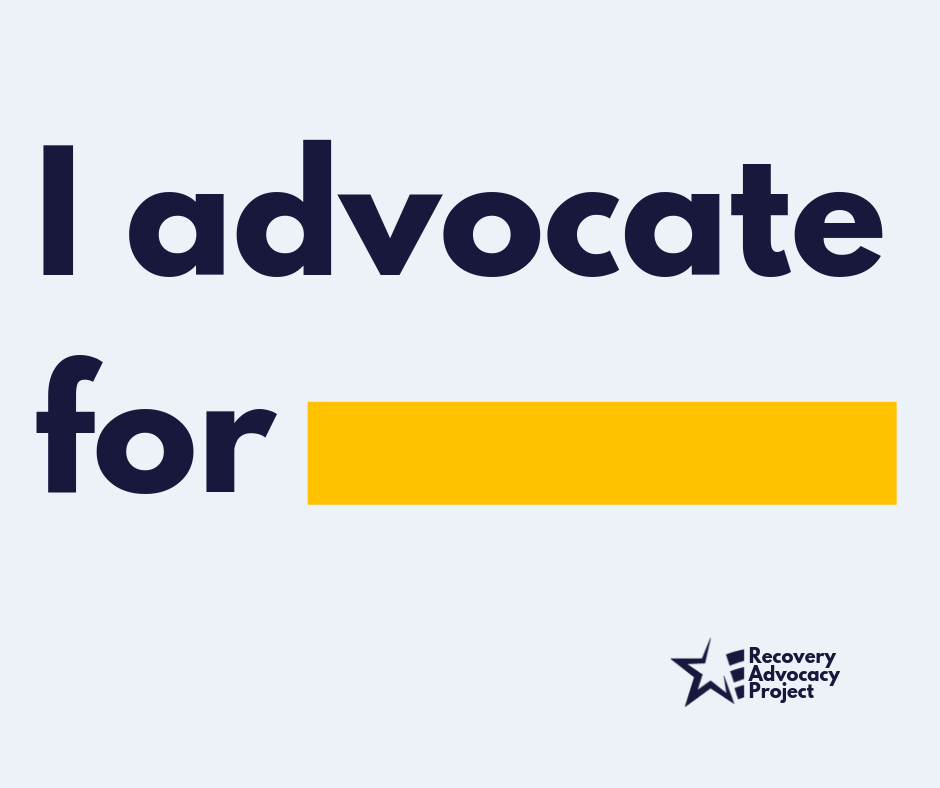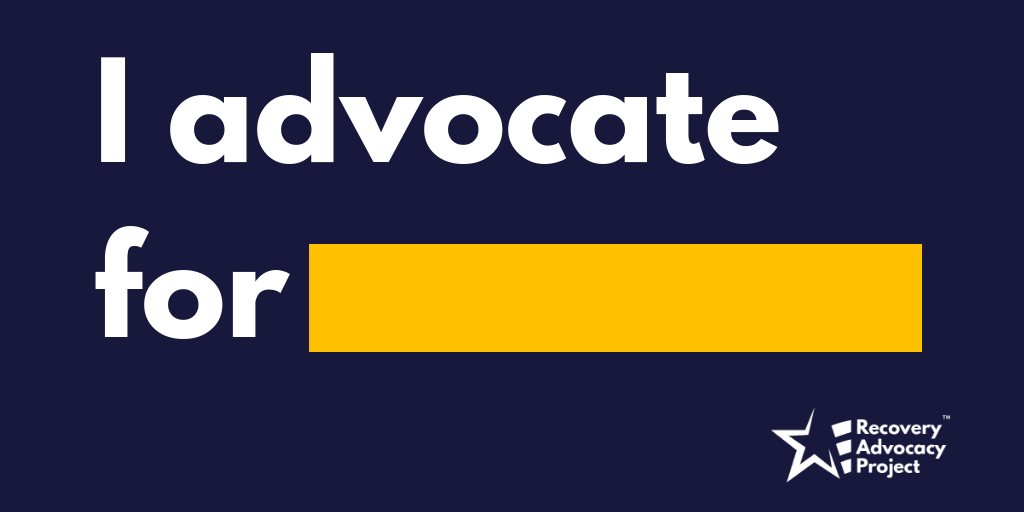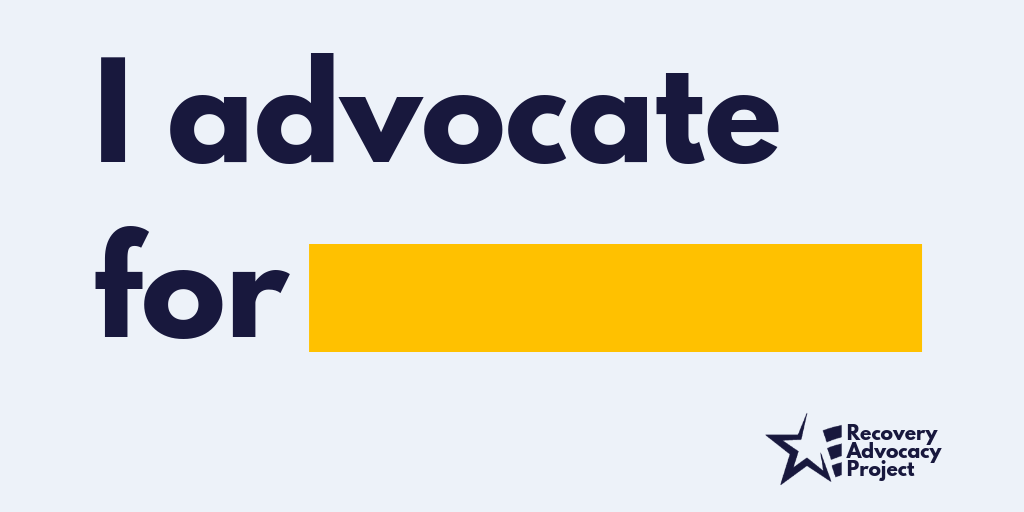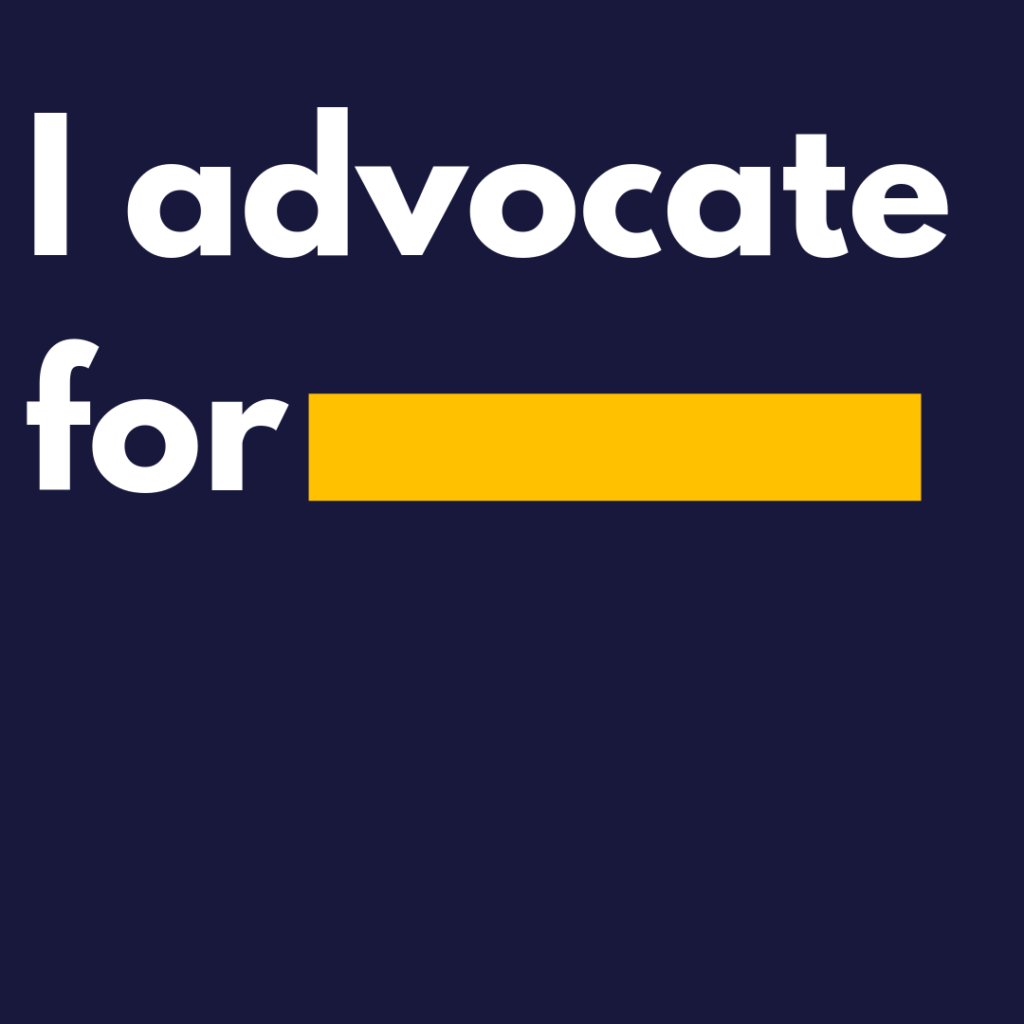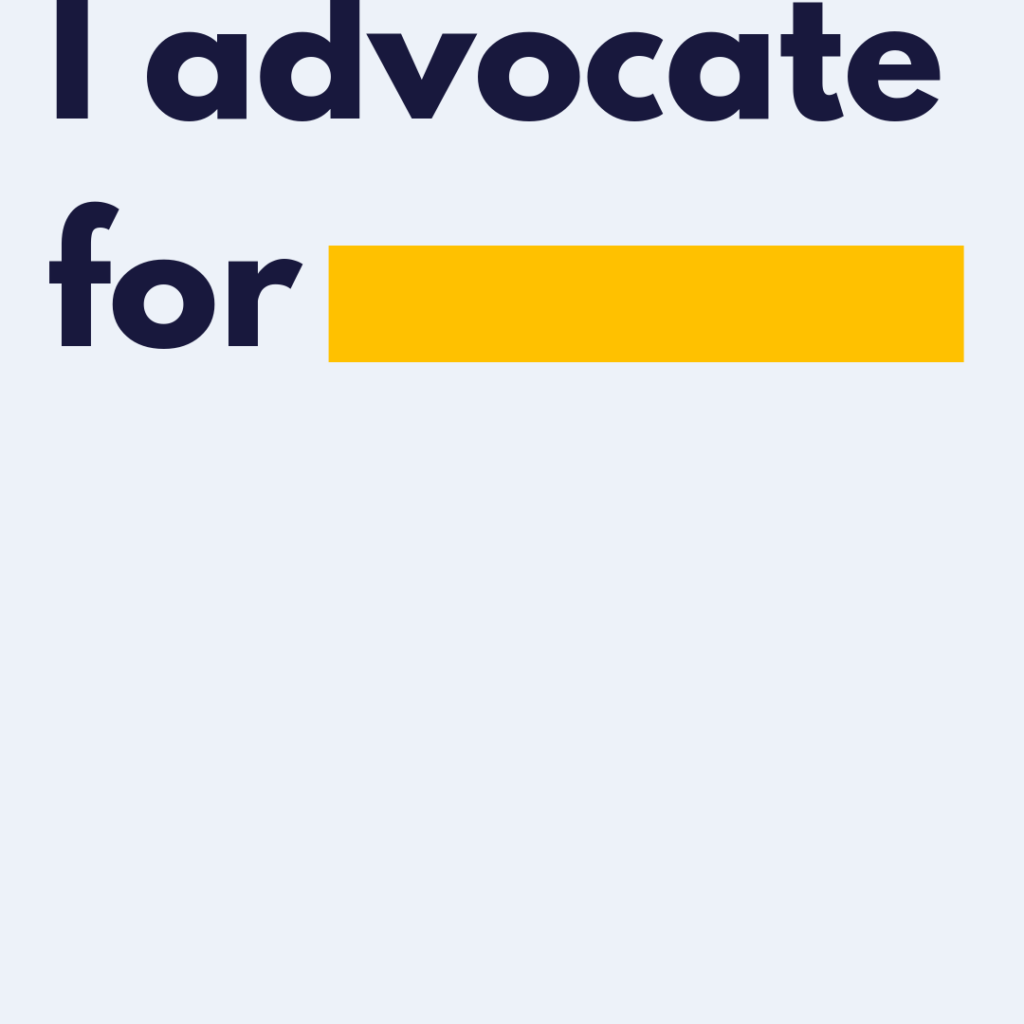Want to share your story of recovery, community organizing, and opinions with the world?
Our voices deserve to be heard. Each of us has a unique perspective and story to add to the national discussion of recovery and America’s long-standing addiction crisis.
You can submit your stories and opinions to the Recovery Advocacy Project online publication, Recovery Voices using the online blogging site, Medium.
Here is quick how-to guide for submitting your story.
1. Create your Medium Account
Medium is an online writing platform for anyone in the world to share their stories, ideas and opinions with the world. You can create an account for free and start writing right away. When you sign up, you’ll be asked to link your account with one of your social networks making it easy to sign-in to your account in the future.
Medium has a great help section to get you started.

2. After you’ve created your account on Medium, write your story.
Once you’re all signed up you can begin writing right away. In the upper righthand corner of the page, select your profile then, select new story.
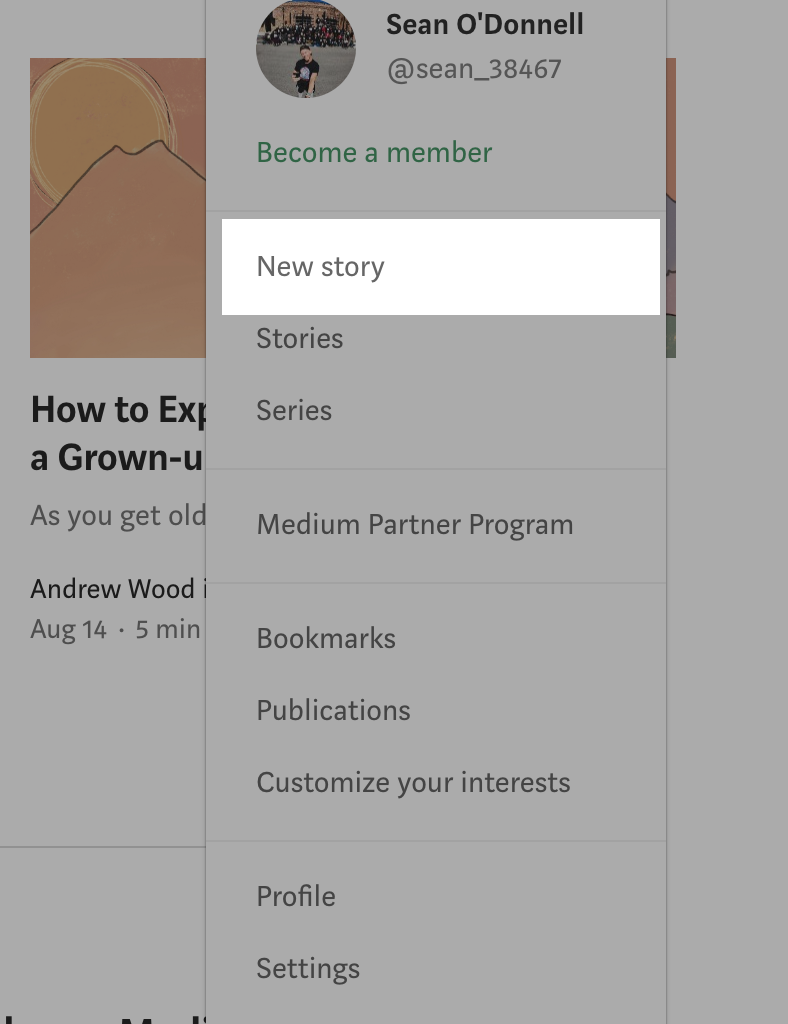
3. Send the Recovery Advocacy Project a request to be a writer of the Recovery Voices publication.
After you’ve created your account and first story, ask us to be a writer for Recovery Voices by sending an email to our editor at [email protected]. Once we get your request, you’ll receive an invitation via email from us on Medium. Accept the invitation and begin writing your first story!
4. Publish your story to the Recovery Voices publication.
Once you receive your invitation to be a contributor of the Recovery Voices publication, you can submit your stories to the publication.
Go to edit the story you’ve written, then in the menu options, you can select where you would like your story to be published – both on your personal page and in the Recovery Voices publication.
